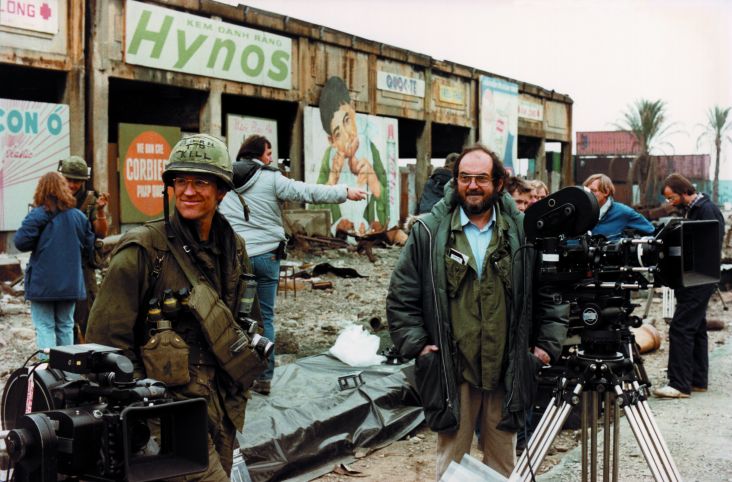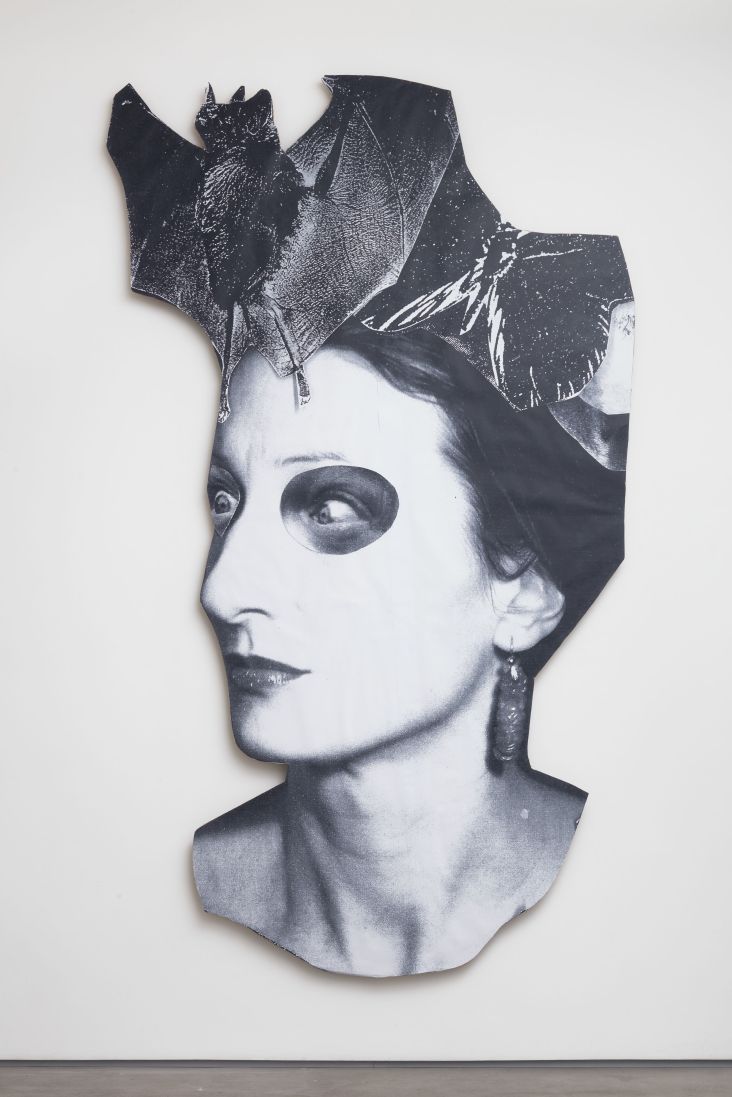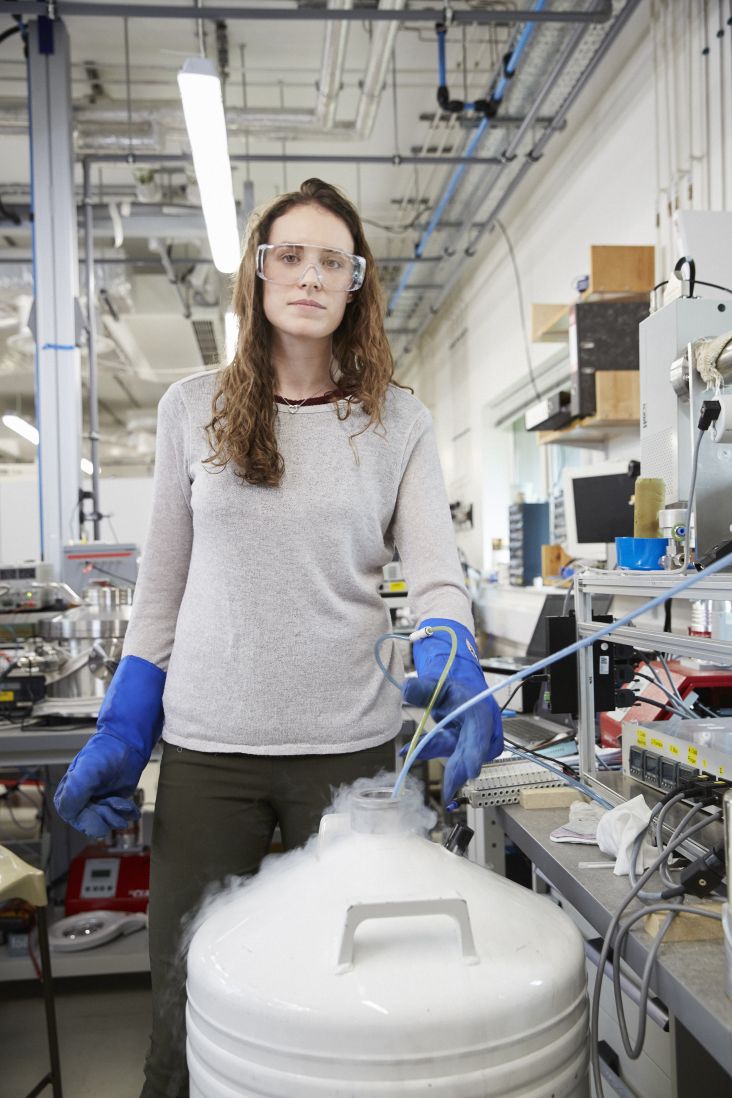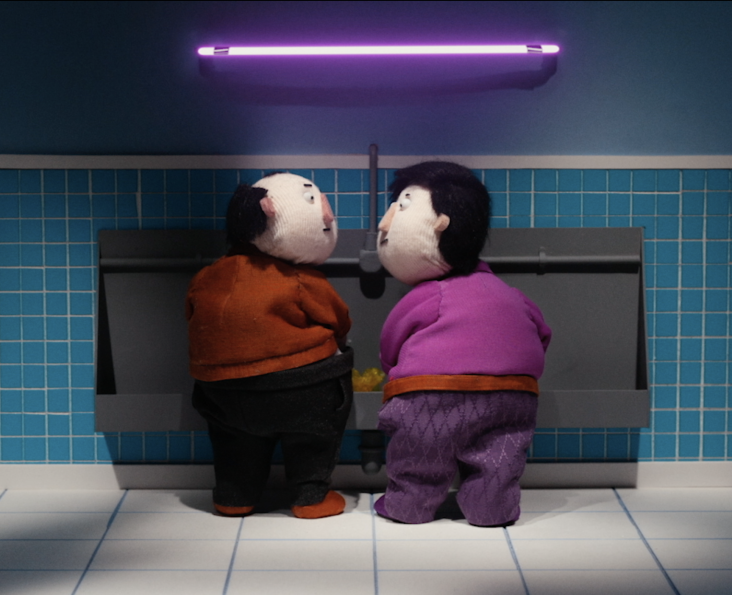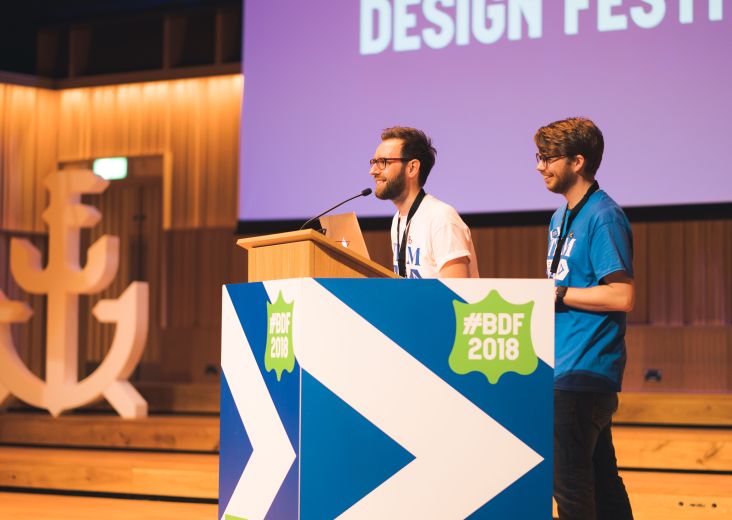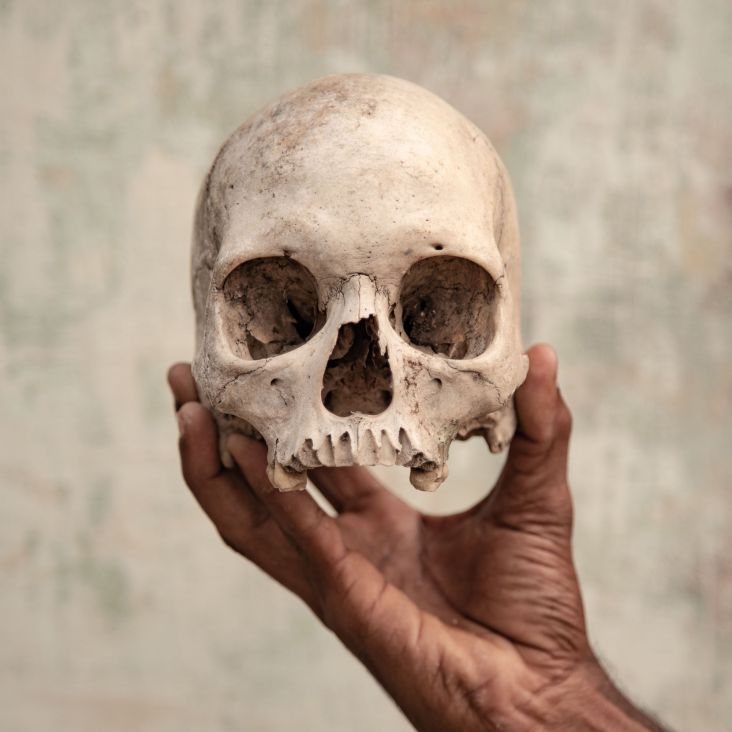24 Hours in Oslo: Bærum-born designer Kim Thomé offers up the inside track on the Norwegian capital
Originally from Bærum, a suburb of Oslo, and now based in London, Kim Thomé is a furniture and product designer whose work blends graphic elements and optical play in materials and spaces.
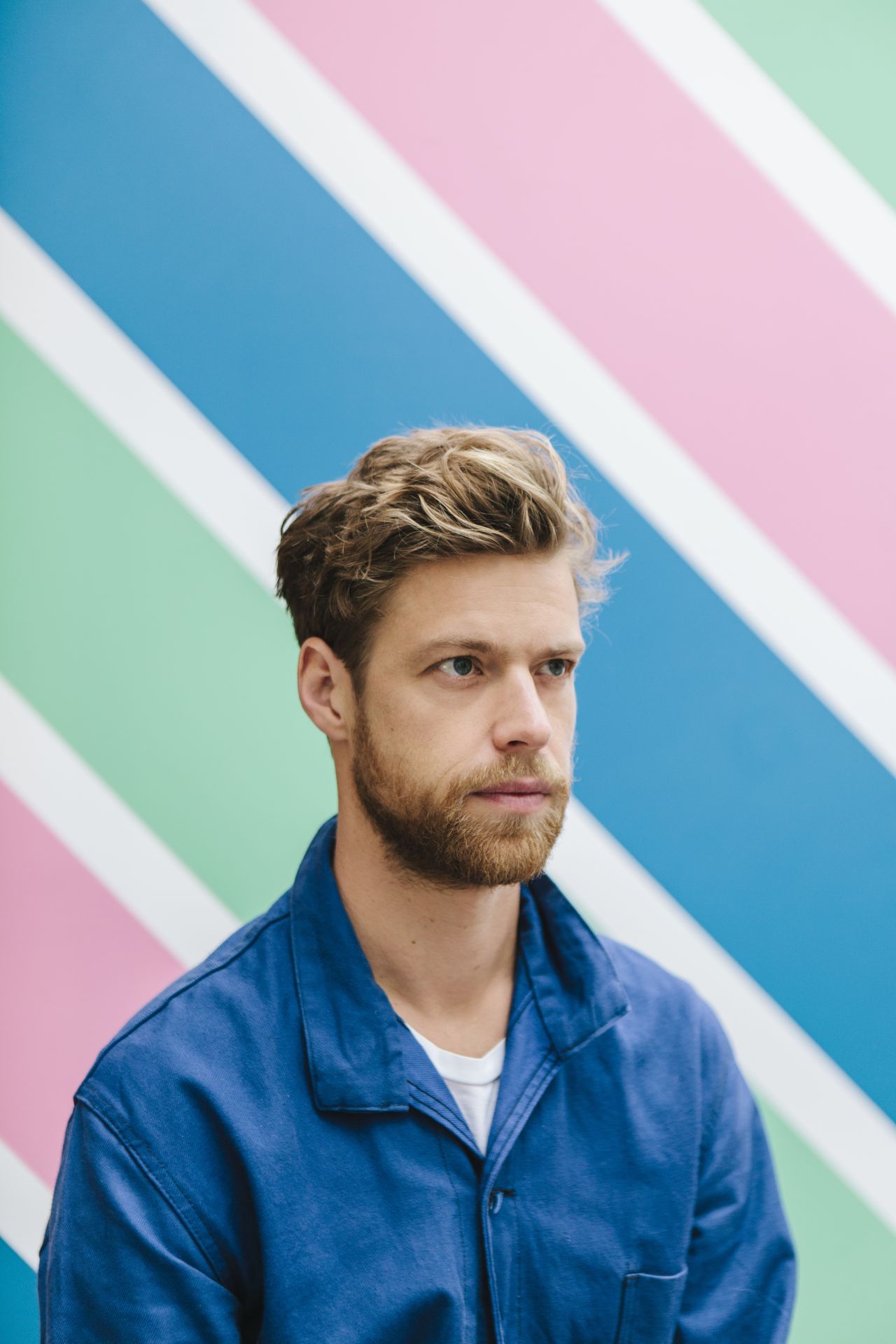
Kim Thomé. Photography: Kat Green
He has worked on commissions with Wallpaper*, Bloomberg, and Swarovski at the Victoria & Albert Museum in London, and exhibited at JOIN by Norwegian Presence at Milan Design Week 2019, where he unveiled Tango – a pair of side tables in glass, wood and aluminium, inspired by the meeting points of contrasting materials and the architecture of modern skyscrapers.
Although Thomé has lived and worked in London for over a decade, his home city still holds an important place in his heart. We asked Kim to share some travel tips if we had just 24 hours in Oslo.
Where to stay
Just opened in March this year by the same team behind the Thief in Copenhagen, Amerikalinjen (Jernbanetorget 2, 0154) is a historically rich and architecturally spectacular boutique hotel in one of Oslo’s most vibrant and artistic neighbourhoods.
Constructed in 1919 as offices for the Norwegian America Line that shipped locals across the Atlantic to the New World, the building has been transformed into a modern-day marvel with spirited rooms, delicious dining, a chic jazz club, stellar service and a prime location close to the city’s Central Station.
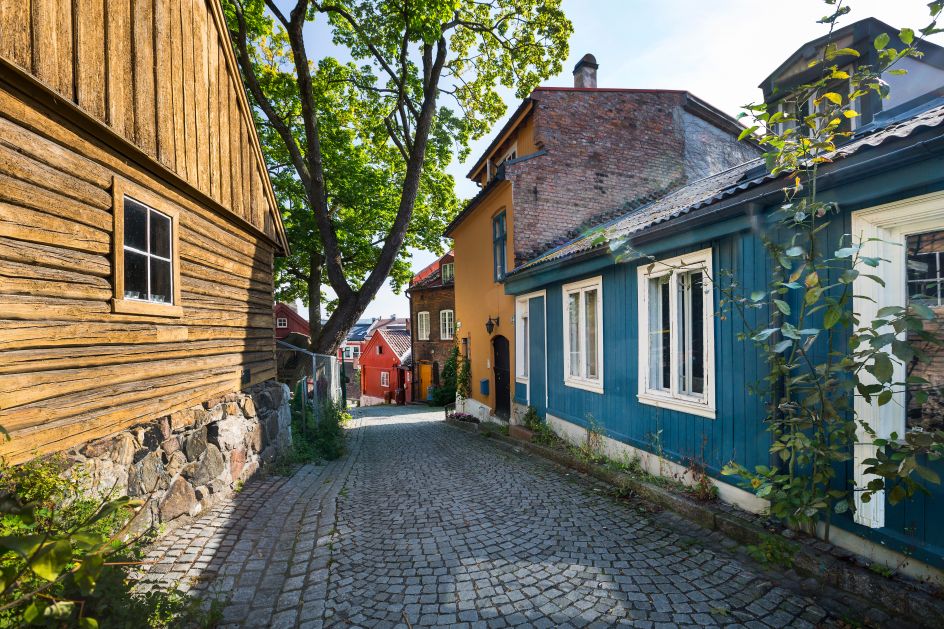
Oslo, Norway. Image courtesy of Adobe Stock
Start the day
Kick off the morning with a river walk along the Akerselva as it winds its way from Grønland (by the train station) to Kjelsås (a leafy suburb north of the city), via a variety of bars and cafés (including indie/jazz club Blå). The walk takes just over an hour and a half and brings you to the Norsk Teknisk Museum (the Norwegian Museum of Science and Technology) and the open water of Maridalsvannet, Oslo’s largest lake.
On a warm day, head to Aker Brygge and idle away some time watching the boats passing through the Oslofjord. Here, you’ll find the Renzo Piano-designed contemporary art museum – the Astrup Fearnley Museet – as well as the Nobel Peace Center and a host of great spots to hang out by the water’s edge.
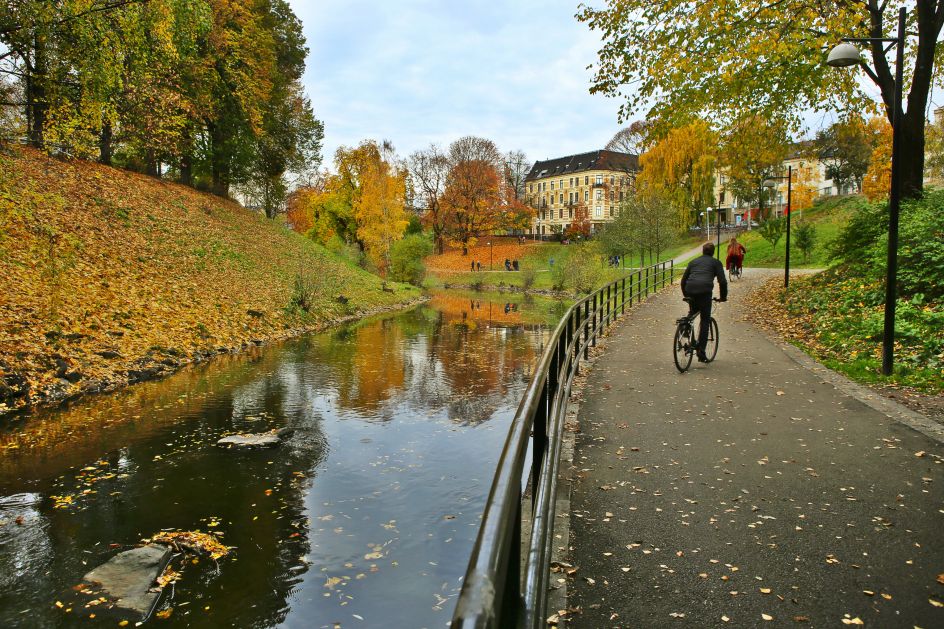
Akerselva, courtesy of Adobe Stock
If you’re in the mood to explore further, hire one of the local boats and set off to discover the islands in the Oslofjord. The boats are cheap and a great way to see the archipelago (and get a completely new perspective on the city!).
Aker Brygge is also a great place to watch the sunset, so grab a drink at one of the many restaurants and bars take a front-row seat for the nightly spectacle.
Where to go for lunch
Just north of the centre, down an alleyway into a picturesque yard, Kamai is a small but bustling joint serving street-style Japanese food with a Peruvian twist and a Nordic touch – I love the bao buns. It has a street-facing café serving bao and sushi, so it’s a great option for both lunch and dinner. You need to book the restaurant as it is extremely – deservedly – popular.
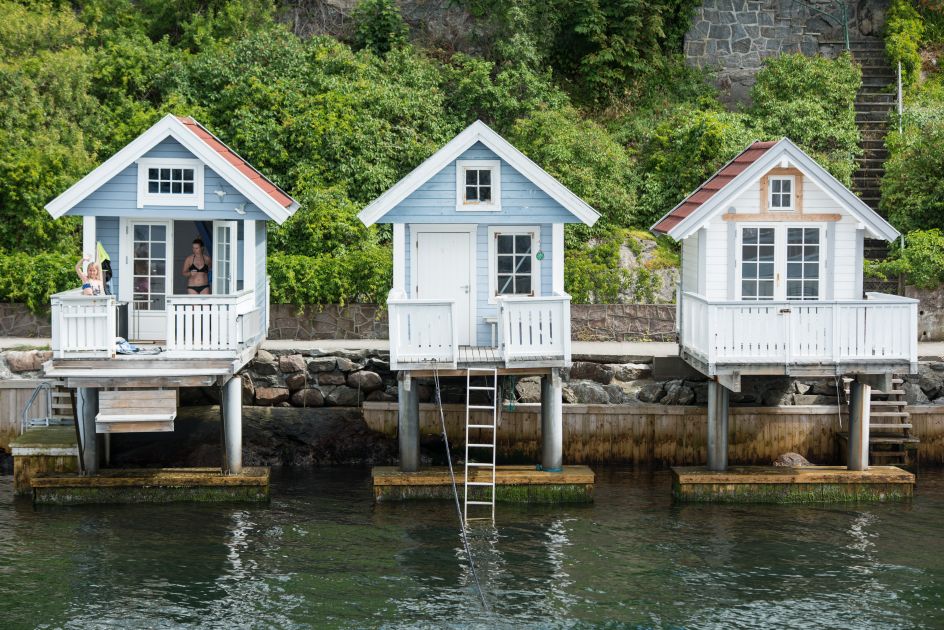
Oslofjord, courtesy of Adobe Stock
Things to do in the afternoon
Full of cute squares and pleasant green spaces, the Grünerløkka district makes for an enchanting afternoon’s wandering. It has a great selection of independent cafés and shops – including Kollekted By, which is run by the creative duo Kråkvik&D’Orazio and stocks a brilliantly curated selection of lighting, furniture and homewares. Not far away, Norway Designs is also worth a browse for aficionados of Nordic design.
Coastal Frogner is Oslo’s answer to London’s Mayfair – beautiful, historic and highly exclusive. It’s where you’ll find the beautiful Frognerparken, home to Gustav Vigeland's sculpture installation and the 18th-century Frogner Manor, now occupied by Oslo City Museum. While you’re in the neighbourhood, make sure you stop by Utopia Retro Modern, a haven for mid-century modern design owned by the wonderful Fabio Carlesi.
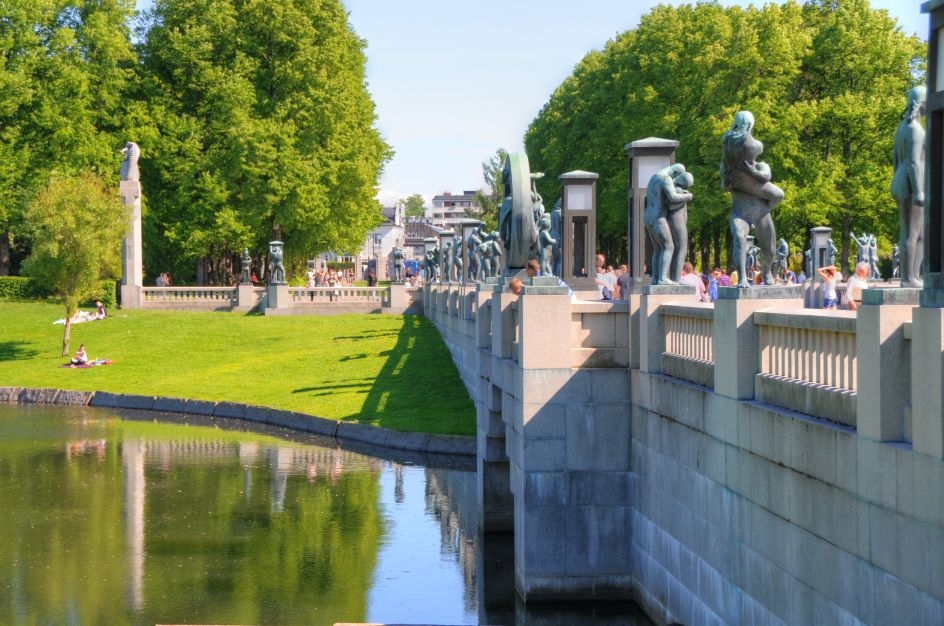
Frognerparken, courtesy of Adobe Stock
Pre-dinner recommendations
Both the Nationalteateret and Operahuset are landmark institutions for Oslovians. The buildings are eye-catching in very different ways; the National Theatre has all the imposing collonaded grandeur you’d expect from 19th-century Norwegian architecture, whereas the Opera House – over 100 years younger – is a masterpiece of contemporary architecture that seems to rise up from the waters of the fjord. You can even walk on the roof.
Both venues have diverse, packed programmes, and there’s bound to be a performance worth catching when you’re in town. If, however, you’re not in the mood for stages or songs, Cinematek is a cool independent cinema that shows a good range of classic and alternative films.
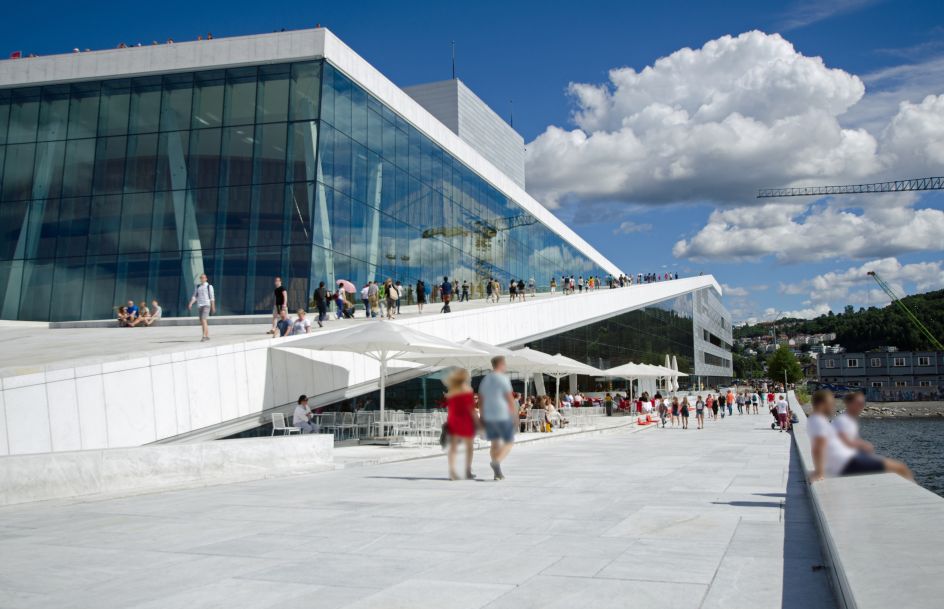
Opera House of Oslo, courtesy of Adobe Stock
Dinner and after-dark fun
Colourful café-bar and club Dattera til Hagen is in a great location near the Opera House and the Naturhistorisk Museum and an always-reliable spot for Norwegian cuisine. In the warmer months, hang out in the garden before the coming of night transforms the space into a nightclub and the cocktails start to flow.
After dinner (at Kamai if you didn’t have lunch there), head back along the river to Blå (which we mentioned earlier). This beautiful venue has been a leading light of the Oslo night scene for years and the setting for many fond memories. It’s only a short walk from Kamai, so you can dance off all that kimchi popcorn…
Kim Thomé recently took part in the exhibition, JOIN by Norwegian Presence, during Milan Design Week. To find out more about his work, visit kimthome.com and more about the exhibition via norwegianpresence.no.


















